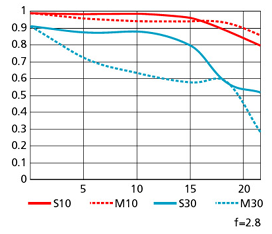If you have to carry only one lens, which lens would you choose? After purchasing a DSLR, it can be an overwhelming experience to select the right lens for the camera, specially if it is your first time purchase. There are so many camera brands to select from and they all have their own set of lenses. My first DSLR, Nikon D60, came with the kit lenses (18-55mm and 55-200mm) which removed my confusion on lens selection. Since then, I have owned two DX format DSLRs, two FX format DSLRs and various lenses from Nikon. Even though my first lenses were not my choice, it worked pretty well for me in all kinds of shooting scenarios. Later, when I upgraded my camera to D90, I bought it in a combo package which came with a 18-200mm lens along with other accessories including the memory card and the cleaning kit. Later, I sold all of my lenses and purchased a 18-300mm lens. All of these lenses are designed for different purposes and different shooting environments. Some of them are designed for all purpose shooting, some of them are for indoor shooting only and others are designed to reach long distance subjects. Some of the lenses are heavier and hard to carry around all day and some of them are light weight and made for traveling purposes. It’s hard to cover all of them in one blog post, but today, I am going to discuss one particular lens that might be an ideal for traveling purpose and specially if you want to carry only one lens that covers the variety of ranges.
When I purchased 18-300mm, I got AF-S DX Nikkor 18-300mm f/3.5-5.6 G ED VR lens which seems to be discontinued now and replaced by the newer model, AF-S DX Nikkor 18-300mm f/3.5-6.3 G ED VR, which I am going to discuss in today’s post. Let me briefly summarize the technical details and then we can go to the practical aspects of the lens.
Read More




